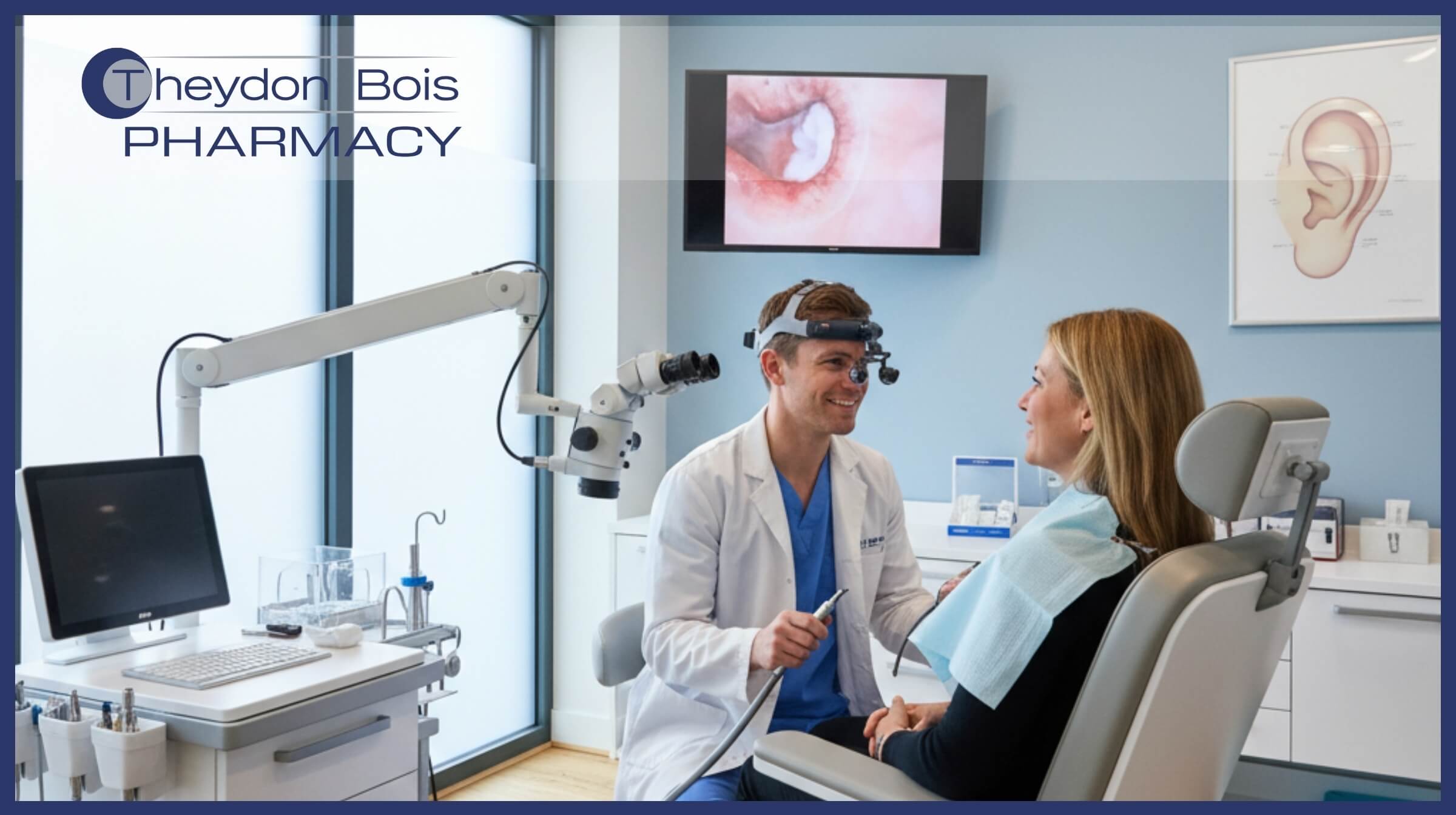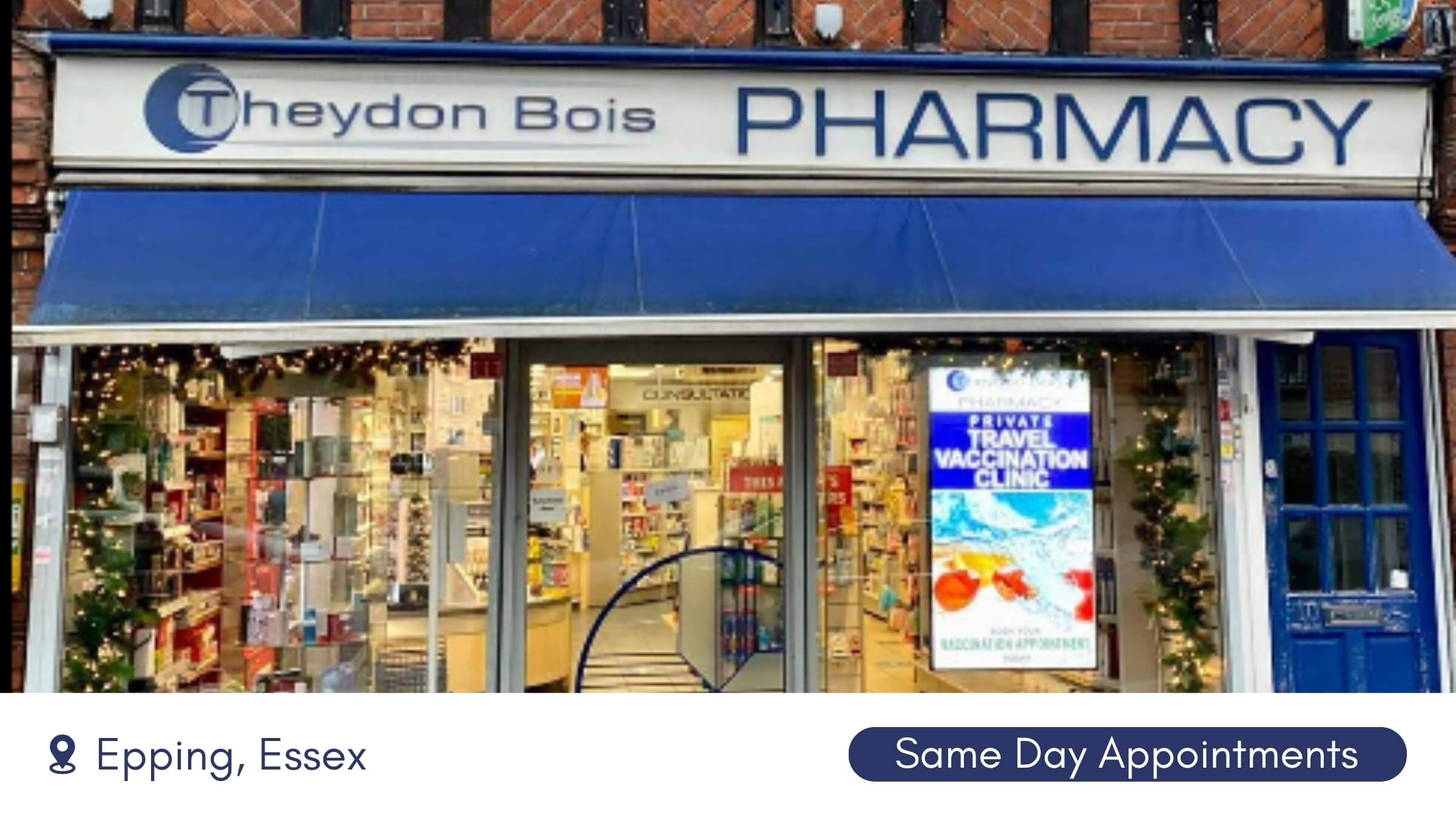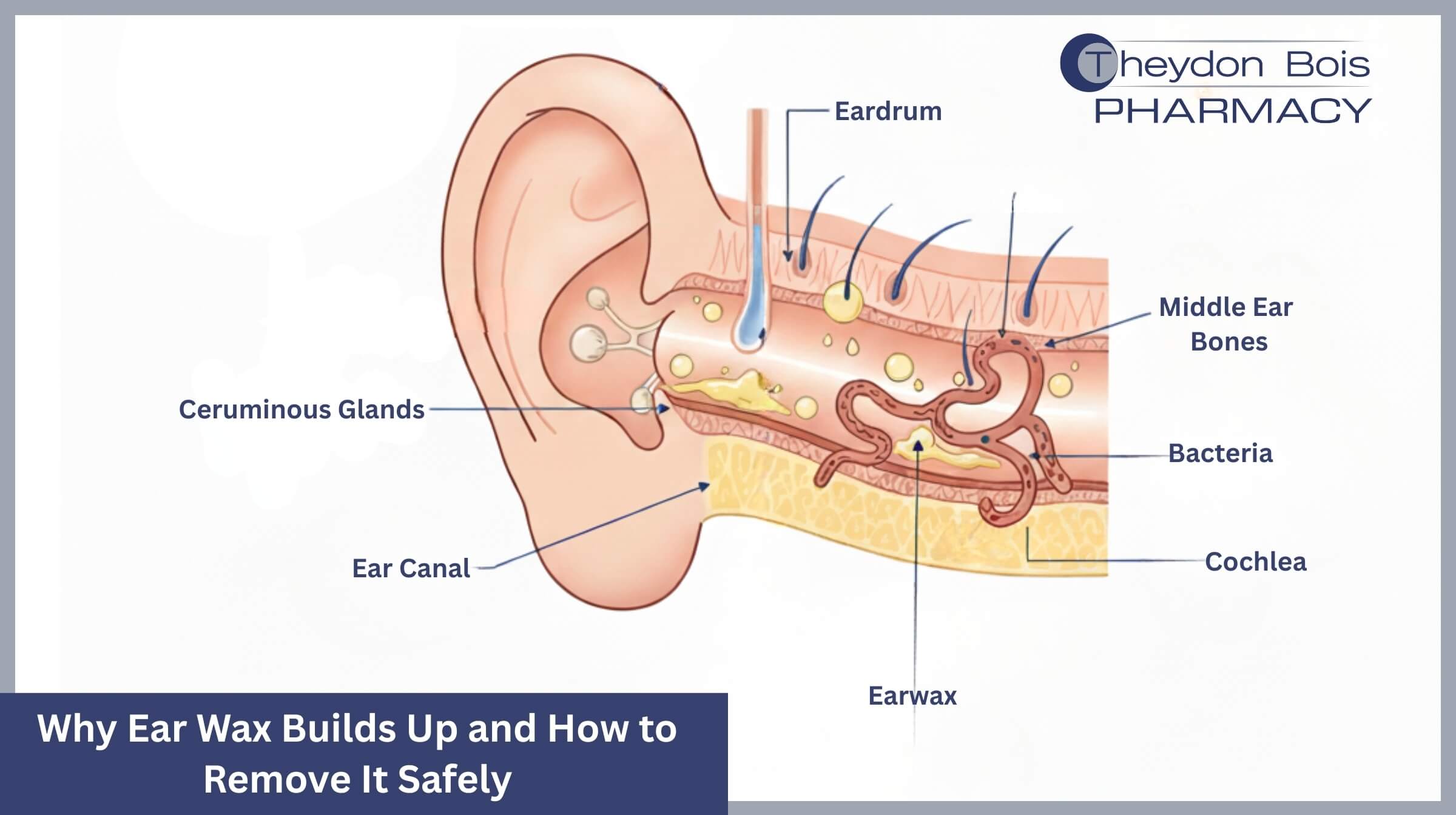Introduction:
If you’ve ever felt that frustrating blocked-ear sensation or noticed your hearing sounds slightly muffled, ear wax might be the reason. Although it may seem small, this natural substance plays a significant role in ear health, protecting, cleaning, and maintaining your hearing sharp every day. Understanding this can help you protect your hearing before issues arise.
In this guide, ear wax removal Essex specialists explain what causes wax build-up, how professionals tackle it, and why safe removal matters for long-term hearing and comfort.
The Science of Ear Wax
Ear wax is not dirt; it is an integral part of the ear’s natural protection system. It forms when glands in the outer ear canal produce oils and sweat that mix with dead skin cells. This combination creates cerumen, a slightly acidic substance that coats and protects the ear canal.
It prevents dust, bacteria, and debris from reaching the delicate eardrum while keeping the skin inside the ear moisturised. It also contains natural antibacterial and antifungal properties, making it a built-in cleaning system for your ears.
Healthy ears usually clean themselves. Through a process called epithelial migration, old wax slowly moves toward the outer ear, helped by everyday jaw movements such as talking and chewing. When everything functions normally, you do not need to clean your ears at all.
Why Ear Wax Builds Up

Sometimes, this natural clearing process slows down. The ear canal may be narrow or curved, which traps wax inside. Hearing aids, earbuds, or earplugs can push wax deeper into the ear or prevent it from migrating outward.
Age and skin health also play a part. As people get older, ear wax becomes drier and harder, making it harder for the ear to clear itself naturally. Conditions such as eczema or psoriasis can irritate the ear canal, leading to excessive wax production.
And while many people believe cotton buds are helpful, they are one of the main reasons wax becomes impacted. Instead of cleaning, they push the wax further in, pressing it against the eardrum and creating a solid plug.
Symptoms and When to Take Notice
When wax builds up faster than it can clear, the signs are easy to notice. You may feel pressure or fullness inside your ear, your hearing may sound dull, or you may experience ringing in your ears (tinnitus). Sometimes, your own voice may echo, or you may experience dizziness, as the ear also plays a role in maintaining balance.
People who use hearing aids often find that even a small amount of wax can block sound vents or microphones, causing feedback or distortion. Impacted wax can also make wearing hearing devices uncomfortable.
These are your body’s early warnings that your ears need attention.
Safe Ways to Manage Ear Wax at Home
If the blockage is mild, you can often manage it at home by softening the wax rather than trying to remove it. The safest way is to use olive or almond oil drops once or twice daily for three to five days. Lie on your side for a few minutes after applying the drops, allowing the oil to reach deep into the canal.
The wax will gradually soften and often clear naturally within one to two weeks. However, if you have a perforated eardrum, an active infection, or a history of ear surgery, skip home treatment and seek advice from a healthcare professional.
Avoid DIY methods like cotton buds, ear candles, and any tools designed to “scoop” the ear. None of these is safe or effective and may worsen the problem.
When Ear Wax Leads to Other Problems
Impacted ear wax can do more than just block hearing. It traps moisture inside the canal, creating a warm environment where bacteria can multiply and cause infections. This often leads to itching, irritation, or ear pain that tends to worsen after swimming or bathing.
Beyond discomfort, excess wax can also interfere with how the ear functions day to day. During medical assessments, it may block visibility of the eardrum, making it harder for clinicians to detect infections or other ear conditions early.
Excess ear wax in children can have a more noticeable impact. It can reduce hearing clarity, which may delay speech development or make it harder for them to concentrate in class. Even slight hearing loss can affect how they process sound and language.
In adults, long-term wax build-up can even disrupt balance and stability. The inner ear helps your body sense movement and orientation, and when pressure builds in the ear canal, it can send mixed signals to the brain. This confusion may cause light-headedness or momentary imbalance, increasing the risk of a fall, particularly in older adults.
The constant feeling of fullness or pressure in the ear can also cause mild headaches or facial tension, since the ear shares nerve pathways with the jaw and temple area. Some people notice a faint humming or ringing caused by pressure on the eardrum, while others experience mental fatigue or frustration when hearing becomes uneven.
Over time, these small disturbances can influence your concentration, mood, and overall quality of life — which is why professional care makes such a difference.
When to Seek Professional Help
If you have used softening drops for several days and your symptoms persist, or if you notice pressure, pain, or hearing loss, it is time to see a clinician. Professionals can safely examine your ears, identify the cause, and choose the most suitable removal method.
Professional ear care is especially important for people who wear hearing aids or have a history of ear conditions. Hearing aids often accelerate wax build-up because they partially block the ear canal’s natural cleaning process. The presence of a device inside the ear also stimulates glands to produce more wax, increasing the chance of blockage.
Regular ear checks and professional cleaning help prevent wax from interfering with the performance of hearing aids. Many users notice an immediate improvement in sound clarity and comfort once their ears are professionally cleaned.
Where to Get Ear Wax Removal
A few years ago, many GP surgeries routinely offered ear wax removal as part of NHS care. Over time, that service has become less available in many parts of the UK. Today, the NHS advises that not all GP practices remove ear wax and that you may need to seek help from alternative providers.
As this change took place, many people began to delay treatment or try home methods because they assumed it was not worth the cost. However, clean, clear ears are essential for hearing and comfort, and wax build-up left untreated can cause many other health problems that may not be easily related to ear wax.
To bridge this gap, private ear clinics, pharmacies, and hearing centres now offer safe, professional ear wax removal. These services follow clinical standards and use approved techniques like microsuction or irrigation.
Choosing a professional ensures that your ears are cared for gently, hygienically, and effectively, which is far safer than attempting removal at home.
How Professionals Remove Ear Wax

Professional removal is performed using safe, evidence-based methods chosen according to your ear health and medical history.
Microsuction is widely considered the safest and most precise method. A fine suction tip is used under magnified vision to gently lift the wax away. It does not require water, making it suitable for most patients, including those with a history of ear infections.
Irrigation uses a gentle stream of warm water to flush out softened wax. It is effective for many people but not recommended for those with perforated eardrums, active infections, or prior ear surgery.
Manual removal involves using small tools such as curettes or forceps to lift out visible wax under direct vision. This method requires steady hands and professional expertise.
How Clinicians Assess Ear Wax
Before removal, the clinician examines the ear with an otoscope or video-otoscope. The texture and colour of the wax tell a lot about its age and behaviour, newer wax is yellow and soft, while older wax darkens and hardens with time. Hard wax often needs softening before removal, whereas soft wax can usually be cleared immediately.
The clinician will also check for redness, swelling, or signs of infection before proceeding. In some cases, a combination of wax removal techniques may be used for comfort and completeness.
Preparing for Your Appointment
To make removal easier, it is often advised to use olive oil drops for three to five days before your appointment. This loosens hardened wax, making the procedure smoother.
Avoid inserting anything into your ears beforehand. If you use hearing aids, bring them along, as your clinician may check their fit and function after the wax is cleared.
After the appointment, your hearing may feel unusually sharp. However, that sensation fades within hours and your clear hearing is restored.
Preventing Future Build-Up
Once your ears are clear, a few small habits can go a long way in preventing wax from returning.
Applying a few drops of olive oil once or twice a week keeps the ear canal naturally lubricated, which helps the wax remain soft and move outward on its own. It is best to use body-temperature oil and a clean dropper, and to avoid overusing it; a couple of drops are enough.
Avoid cotton buds completely. They often push wax deeper into the ear and can scratch the delicate skin inside the canal. If you feel the need to clean, gently wipe only the outer part of the ear with a soft towel or tissue after bathing.
After swimming or showering, tilt your head slightly and use a corner of a dry towel to remove surface water. Keeping your ears dry helps prevent bacterial or fungal growth, especially if you are prone to ear infections.
If you wear hearing aids or in-ear devices, schedule an examination every three to six months.
Theydon Bois Pharmacy – Your Ear Wax Removal Essex Specialist

Ear wax may be a small detail of your health, but when it builds up, it can greatly affect your comfort and hearing. Getting it removed safely and professionally makes all the difference.
At Theydon Bois Pharmacy in Epping, our trained clinicians have successfully treated everything from minor wax blockages to complex, deeply impacted cases. Using approved microsuction techniques, we remove ear wax gently and precisely while maintaining the highest hygiene standards.
Most patients experience immediate relief and clearer hearing after just one visit.
We proudly serve communities across Epping, Loughton, Chigwell, Buckhurst Hill, and Harlow, helping people maintain healthy, comfortable hearing with care built on expertise and trust.
Schedule your appointment today and take the first step toward clearer hearing and lasting ear health.
Visit our Google Business Profile for more customer reviews and details about our services.

